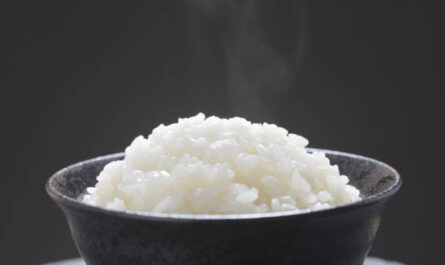In the world of sushi making, the quest for perfection drives every detail. From the selection of fish to the presentation of each piece, precision is paramount. But among the most fascinating elements in this intricate craft are the **sushi knives**. Have you ever wondered why sushi knives are so thin? These tools, essential to every sushi chef’s arsenal, are uniquely crafted for specific reasons.
The thinness of a sushi knife is not merely for aesthetics or tradition; it serves critical functional purposes that align with the sushi-making process. Understanding why sushi knives are so thin provides insight into the artistry and precision that defines this Japanese culinary tradition.

The Role of Thin Blades in Sushi Making
The thin blade of a sushi knife ensures that the delicate ingredients are sliced with minimal damage and disruption to the food’s texture and structure. This precision is crucial, particularly when slicing through soft fish or delicate vegetables.
The Science Behind Thin Blades
Thin blades reduce the amount of drag when cutting. This minimizes tearing or bruising, preserving the integrity and presentation of the sushi. For chefs, maintaining the quality of each slice is as important as the taste itself.
Traditional Techniques and Artistry
Traditionally, the making of sushi knives is a revered art form in Japan, with techniques passed down through generations. Crafting these knives involves precision, skill, and a deep understanding of metallurgy. For example, sushi knives often use a hard carbon steel core sandwiched between softer steel, allowing them to maintain a sharp edge longer.
Why Thinness Matters: Practicalities in Crafting Sushi
In sushi preparation, the knife is as important as the chefs hand. A wrong cut due to a thick or blunt knife can ruin the fish, a crucial and often expensive element of sushi.
The Impact of Precision Cutting
Precision in cutting affects not just the look but also the taste and texture of the sushi. Thin knives allow for clean cuts, maximizing the flavor release in the mouth and providing an ideal sushi experience.
Different Types of Sushi Knives
There are several types of sushi knives, each designed with a specific use in mind:
Yanagiba
This knife is typically used for slicing raw fish and is characterized by its long, slender blade that facilitates smooth, single-motion cuts.
Deba
The Deba knife is broader and more robust, mainly used for cutting through fish bones and other tougher ingredients.
Usuba
Designed for cutting vegetables, the Usuba allows for ultra-thin slicing, essential in creating visually appealing sushi garnishes.
Maintenance of Sushi Knives
Using a thin knife requires regular maintenance to ensure it stays sharp and effective. Frequent honing with a whetstone is advised to keep the blade in top condition.
Handling and Care
Handling a sushi knife requires care and expertise to avoid injury and ensure longevity. Chefs need to develop skills in proper cutting techniques and regular maintenance routines.
Comparison with Western Knives
Western knives are generally thicker and more versatile, but they don’t provide the same level of precision crucial for sushi making. This difference highlights the specialization required in sushi crafting.
The Impact of Knife Design on Sushi Presentation
The thin design of sushi knives plays a significant role in sushi presentation, a vital aspect of the dining experience. Precise cuts enhance visual appeal, a core element of Japanese food culture.
Evolution of Sushi Knives
Sushi knives have evolved alongside modern culinary trends while maintaining traditional principles, highlighting the delicate balance between innovation and heritage in Japanese cuisine.
For those passionate about sushi and its preparation, understanding the design and function of these knives offers a deeper appreciation of the craft. Their thinness is not just about tradition; it’s a testament to the precision and innovation inherent in Japanese culinary arts.
To further explore related sushi tools, consider visiting articles on topics like using hangiri or traditional equipment. For more on the etiquette of enjoying sushi, refer to this external guide.

Frequently Asked Questions
Why are sushi knives single beveled?
Sushi knives are often single beveled for precise, cleaner cuts, essential in maintaining the aesthetic and texture of delicate sushi ingredients.
Do sushi knives require special maintenance?
Yes, regular sharpening with a whetstone is crucial to maintain the sharp edge necessary for precision slicing in sushi preparation.
Can I use a regular kitchen knife for sushi?
While possible, using a regular kitchen knife is not ideal for sushi due to the lack of precision and risk of damaging sensitive ingredients, which sushi knives are designed to handle.
This article contains affiliate links. We may earn a commission at no extra cost to you.




